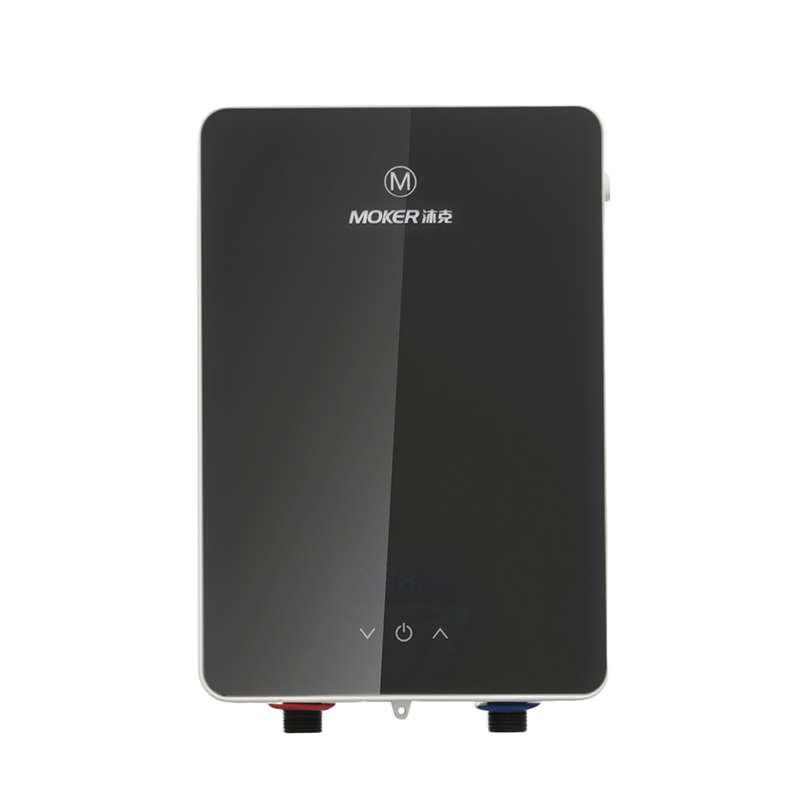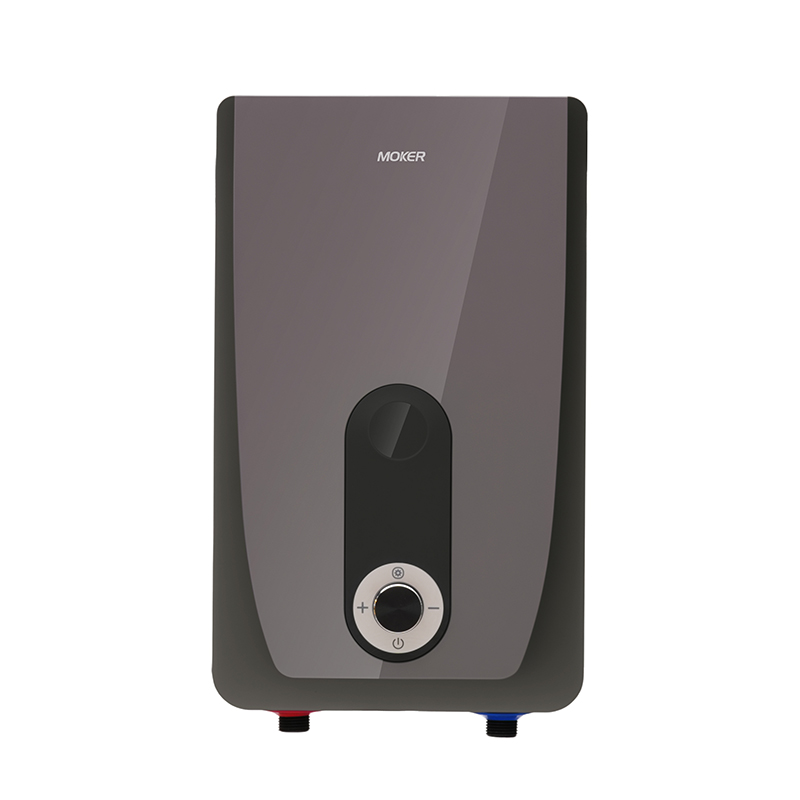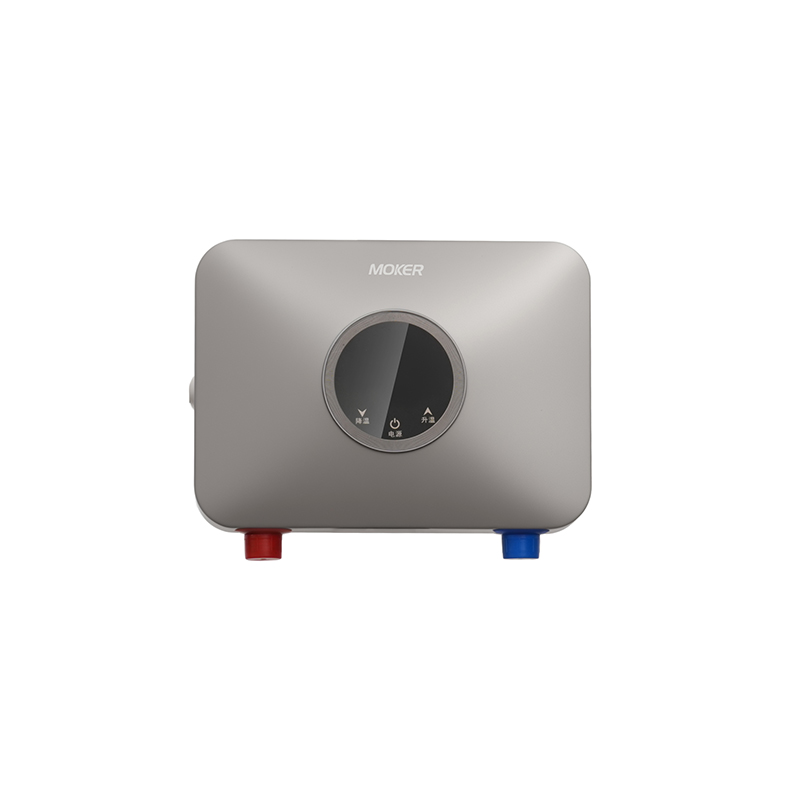Safety Protection Functions of Different Water Heaters
Safety protection functions are essential for water heater operation, preventing hazards like electric shocks, overheating, and leaks. Electric water heater, Tankless Water Heater, Instant water heater, electric tankless water heater, and instantaneous water heater electric each integrate specialized safety features tailored to their designs.
Electric water heater prioritizes pressure and temperature safety. Electric water heater is equipped with a pressure relief valve that automatically releases excess pressure if tank pressure exceeds safe levels, preventing explosions. A high-limit thermostat in Electric water heater shuts off heating elements if water temperature exceeds 180°F, avoiding scalding risks. Modern Electric water heater includes grounded electrical components and insulation barriers to prevent electric shocks, while some models add leak detection sensors that trigger alerts if moisture is detected around Electric water heater’s base.
Tankless Water Heater focuses on combustion and flow safety for gas models. Gas-powered Tankless Water Heater features flame failure devices that shut off gas supply if the pilot light extinguishes, preventing gas leaks. Overheat protection in Tankless Water Heater activates when heat exchanger temperature exceeds limits, Tankless Water Heater also includes flow sensors that prevent operation with insufficient water flow, avoiding dry heating damage. Electric Tankless Water Heater adds ground fault circuit interrupters (GFCIs) to cut power during electrical anomalies, enhancing safety.
Instant water heater emphasizes rapid response safety mechanisms. Instant water heater integrates overcurrent protection that trips circuits if power surges occur, safeguarding heating elements. A thermal cutoff switch in Instant water heater deactivates heating if temperatures exceed set thresholds, preventing overheating. Instant water heater’s water inlet includes a check valve to prevent backflow, while splash-proof casings with IPX4 ratings protect internal components from water exposure, reducing short-circuit risks. Some Instant water heater models add leakage protection that shuts off power upon detecting water leaks.
Electric tankless water heater combines electric safety with flow control features. electric tankless water heater is equipped with multiple temperature sensors that monitor inlet and outlet water, adjusting heating power to prevent sudden temperature spikes. A built-in GFCI in electric tankless water heater interrupts power within milliseconds if current leakage is detected, critical for wet environments. electric tankless water heater includes flow restrictors that maintain minimum flow rates, preventing element damage from low-water conditions, while pressure sensors shut off operation during pressure abnormalities.
Instantaneous water heater electric focuses on localized safety for close-user operation. instantaneous water heater electric integrates touch-proof electrical enclosures that prevent direct contact with live components, even when accessing controls. A thermal fuse in instantaneous water heater electric permanently shuts off the unit if overheating occurs, requiring professional reset to ensure proper inspection. instantaneous water heater electric’s compact design includes built-in water flow sensors that activate heating only when water flows, avoiding dry operation. Some models add child lock functions to prevent accidental temperature adjustments.
All water heater types adhere to safety standards that mandate basic protections, but advanced features vary by model. Electric water heater and Tankless Water Heater emphasize large-scale hazard prevention, while Instant water heater, electric tankless water heater, and instantaneous water heater electric focus on user-proximity safety. These functions ensure that each water heater type operates safely in its intended environment, protecting users and property from potential risks.





